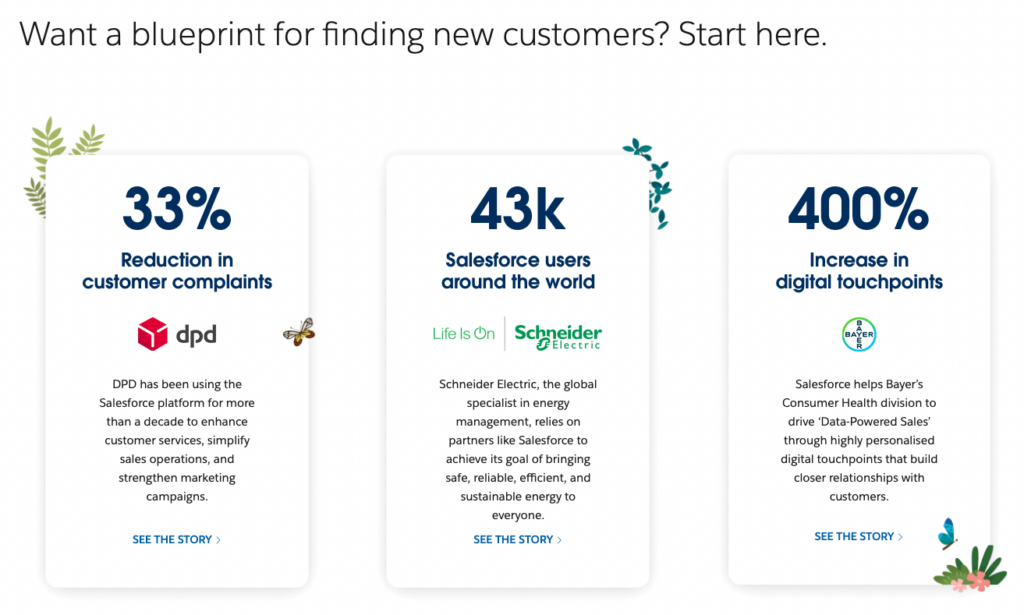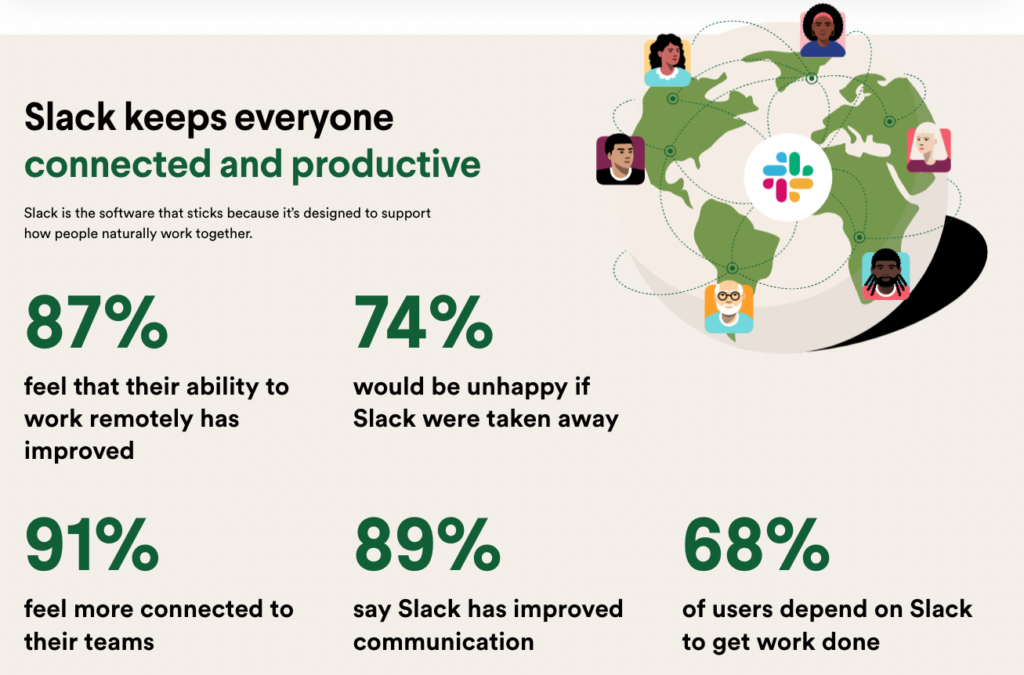In the vast, ever-evolving world of marketing and branding, there is one powerful tool that can force your audience to stop, collaborate (unforgivable, I know), and listen: the strategic narrative. Crafting an enthralling strategic narrative is an art that combines storytelling ability with a keen understanding of both your brand and audience.
But, how do you begin? Let’s delve into the secrets of creating a narrative strategy that leaves a lasting impact on your audience. Grab your metaphorical pen and let’s get started.
At its core, a strategic narrative is a carefully-fashioned story that forms the foundation for your brand’s communication and Positioning efforts. It’s not a mission statement or vision. It’s the lively soul of your brand – one that shines brighter with authenticity and personality.
You can picture it as the North Star, a guiding light that illuminates the way to success. More than a useful roadmap, a strategic brand narrative is the spark that ignites a fire in your team and draws your customers and clients to you like a moth to a flame.
A successful narrative strategy not only helps you to form clear Key Messaging for your brand, it also packs an emotional punch. One that will keep your brand ringing in your audience’s ears long after first exposure.
Humans have been telling stories for generations. You see it everywhere – in families, organisations, history, the news, and yes, marketing.
Strategic storytelling is an incredible way of taking listeners on a journey. It forges meaningful connections with those we talk to and allows them to assimilate what you say into their own frame of reference in a relatable way.
Effective storytelling is a delicate balance of information and emotion. You take your audience on a rollercoaster ride of excitement, anticipation, and satisfaction. By weaving a narrative that captures their attention and sparks their curiosity, you can bring about a memorable experience that sets your brand apart.
A narrative strategy plays a crucial role in shaping how your brand is perceived in the market. It establishes your brand’s identity, values, and purpose. A well-crafted narrative strategy ensures all your communication efforts align with a cohesive story. It helps your brand stand out in the rabble of competitors by creating a distinct and memorable impression.
Moreover, a narrative strategy empowers your employees by providing them with a shared vision and a sense of purpose. When everyone in your organisation is aligned with the same narrative, they become ambassadors who can communicate your brand’s story to the world.
Ah, the age-old question: corporate narrative vs brand narrative. While the terms are often used interchangeably, there is a subtle difference between them.
A corporate narrative focuses on the overall story and purpose of your organisation. It digs into the history, values, and mission that define your company as a whole. A strong corporate narrative sets the scene for all brand narratives, securing consistency and coherence across various products or services.
A brand narrative, on the other hand, zooms in on a specific product, service, or campaign. It uses elements from the corporate narrative and tailors them to shape a story that appeals to a particular audience. A brand narrative allows you to showcase the unique features, benefits, and personality of your offering.
When it comes to types of narrative strategies, you have a number to choose from. Here are three of my personal favourites:
The Hero’s Journey is a strategic narrative framework that follows the path of (you guessed it) a hero. A protagonist who embarks on an epic adventure, faces challenges, experiences growth, and achieves success.
Here’s how brands use this narrative strategy to reach their audience:
Ultimately, brands that employ the Hero’s Journey narrative understand the power of storytelling in capturing attention, fostering emotional connections, and creating an unforgettable brand experience.
By aligning their brand’s story with their customers’ journey, brands can form a spellbinding narrative that resonates deeply, engenders loyalty, and sets them apart from competitors.
Here’s an example of how a B2B brand put the Hero’s Journey into action.
Salesforce, a leading CRM platform provider, positioned themselves as the guide and mentor for businesses on their digital transformation journeys.
By empathising with the challenges businesses face in managing customer relationships and driving growth, Salesforce showcased their CRM platform as the solution to overcome obstacles and achieve success. They highlighted the transformative results, like how their solutions streamlined operations, enhanced customer experiences, and drove revenue growth.

By celebrating customer successes and sharing businesses’ positive stories relating to Salesforce’s solutions, they inspired other businesses to become heroes in their industries. Through the Hero’s Journey, Salesforce effectively communicated the value of their CRM offerings, empowering businesses to navigate their transformative journeys with Salesforce as their trusted partner.
From Mohammed Ali and Barack Obama to Harry Potter and the Aldi supermarket chain, the Underdog narrative has won hearts across the world time and again.
So, how does the Underdog brand narrative work? Let’s take a look:
Positioning yourself as the lovable, scrappy underdog in your market can affect your buyers’ decision-making in incredibly persuasive ways. A Harvard Business Review study found that over 70% of participants preferred brands with an Underdog narrative over brands without one.
Why? The stronger your audience’s self-perception as an underdog, the greater their preference for a brand with a similar image.
During the early days of my SEO and copywriting career, I did quite a bit of work in the health and fitness space. As a result, I came to love many fitness-related brands, some of which prescribe to the underdog narrative. Gymshark is a primary example.
From humble beginnings – literally, the brand was born in a Birmingham garage with a single sewing machine – Gymshark has grown to become a global fitness apparel company with a presence in over 230 countries and a 10-million-strong community of athletes, brand ambassadors, followers, and employees.
Their relatable identity is a huge part of how they’ve achieved their success. Emphasising their “community-first” approach, they uphold values like:
One of the top reasons why this is such a successful brand strategy is that weightlifting and fitness are all about becoming a better version of yourself.
Gymshark is this exact ideal in the flesh – helping others to transform, and be the best they can be. While staying down to earth and pushing for progress constantly. They even speak in the language of their audiences: gym rats, yogis, powerlifters, bodybuilders, and your average person trying to do better.
One glance at Gymshark CEO Ben Francis’ LinkedIn feed and you’ll see that even their leadership narrative reflects the Underdog story. He comes across as truly humble and a living, breathing example of gratitude, inspiration, humanity, and discipline in all his communications.

Do you remember that emotional punch we referred to earlier? This narrative strategy focuses on the emotional connection between your brand and customers. It highlights relatable human experiences, fostering empathy and trust.
Brands use the strategic narrative of human connection to their advantage in the following ways:
This is a great narrative for brands that want to converse with their audiences on a deeper personal level, creating lasting relationships that go beyond transactional interactions.
Slack, the team collaboration platform, is a prime example of the human connection narrative at work. Recognising the challenges faced by teams in a digital work environment, Slack stresses the vital role of human connection in driving productivity and collaboration.

One of Slack’s key strengths lies in building communities within organisations. By showcasing how their platform enables teams to connect, share ideas, and work seamlessly together, the company fosters a narrative of collaboration and camaraderie.
Beyond mere workplace interactions, Slack encourages teams to relate to one another on a personal level, recognising the importance of forging relationships and social interactions that go beyond work projects. This company narrative promotes a positive and inclusive work culture, where employees feel a sense of belonging and wellbeing.
Authenticity and transparency are also integral to Slack’s narrative. By sharing real stories of teams overcoming challenges, improving productivity, and strengthening relationships through their platform, Slack establishes trust and credibility. This authenticity allows customers to connect with the platform on a human level, creating an emotional bond that extends beyond the functions of a collaboration tool.
Devising a compelling narrative requires careful planning and a comprehensive understanding of your brand, market, and audience. Here are a few steps to help you get started:
Know your brand: Get to grips with the essence of your brand. What values and beliefs drive your organisation? What makes you unique? Understanding your brand’s DNA will help provide the foundation for your narrative.
Understand your audience: Get to know your target audience inside and out. What are their desires, pain points, and long-term hopes? Tailor your business narrative to resonate with their needs and emotions.
Define your purpose: What is the overarching purpose of your brand? How do you aim to make a difference in the lives of your customers? Define a clear and powerful purpose to guide your narrative.
Develop a magnetic story: Weave a narrative that takes your audience on a journey. Engage them emotionally, build tension, and provide a satisfying resolution. Use metaphors, anecdotes, key messages, and clever wordplay to help them relate to you and keep them hooked.
Align your communication: Ensure that all of your communication channels, from your website and client communications to social media posts, are aligned with your narrative. Consistency is the key to reinforcing your brand’s story.
Crafting an intriguing brand narrative is no easy feat, but the rewards are immeasurable. By harnessing the power of storytelling and aligning it with your brand’s purpose, you can paint a captivating narrative that sets your brand apart from the competition.
If you don’t have the time or expertise in-house to build your strategic narrative, get in touch. Through our Positioning and Key Messaging services, we can help you to shape your brand story narrative in a way that speaks your audience’s language.
Meanwhile, if you’re interested in our huge study on how linguistic and stylistic traits in your copy correlate with success, or failure, on the screen and page – you might want to look at Titles & Blurbs.

We are powered by writers and business people, with a sprinkle of AI and a healthy dollop of clever processes.
Get our lovely jubbly tips and tricks and useful writing licks:
